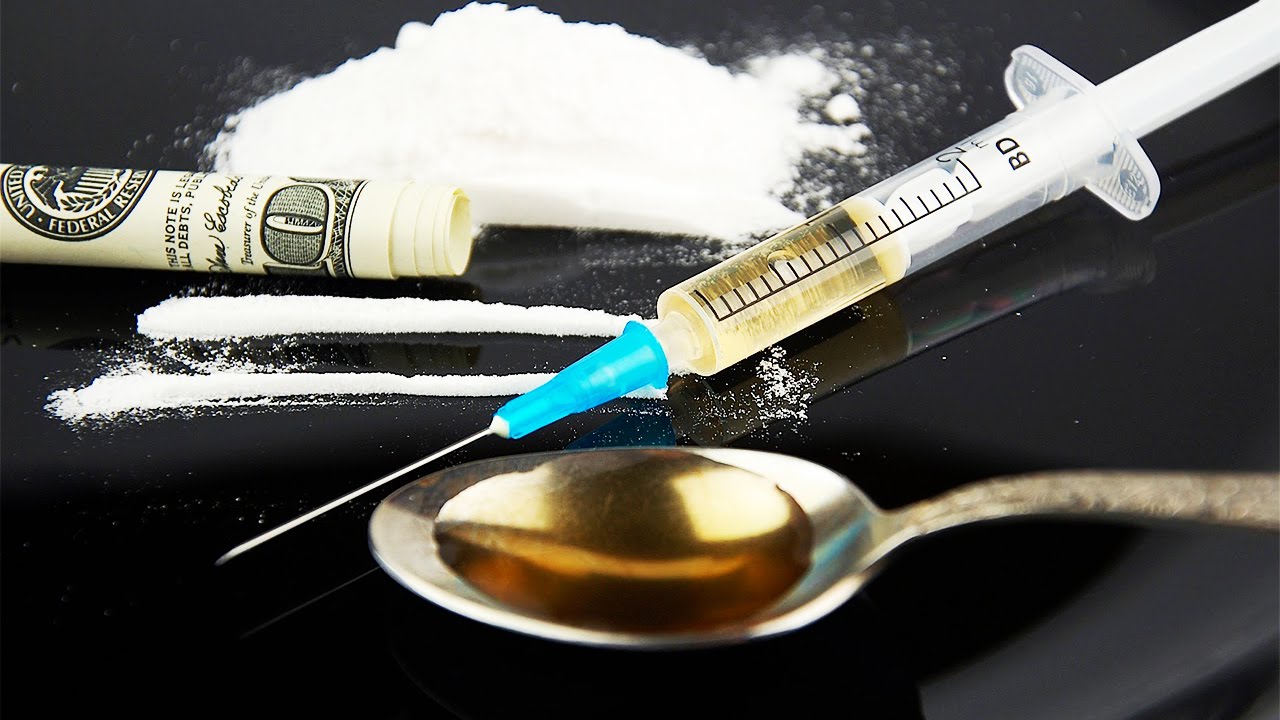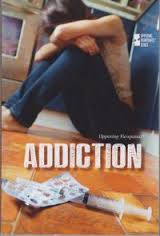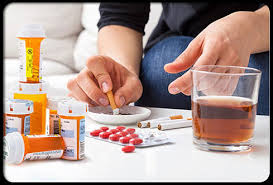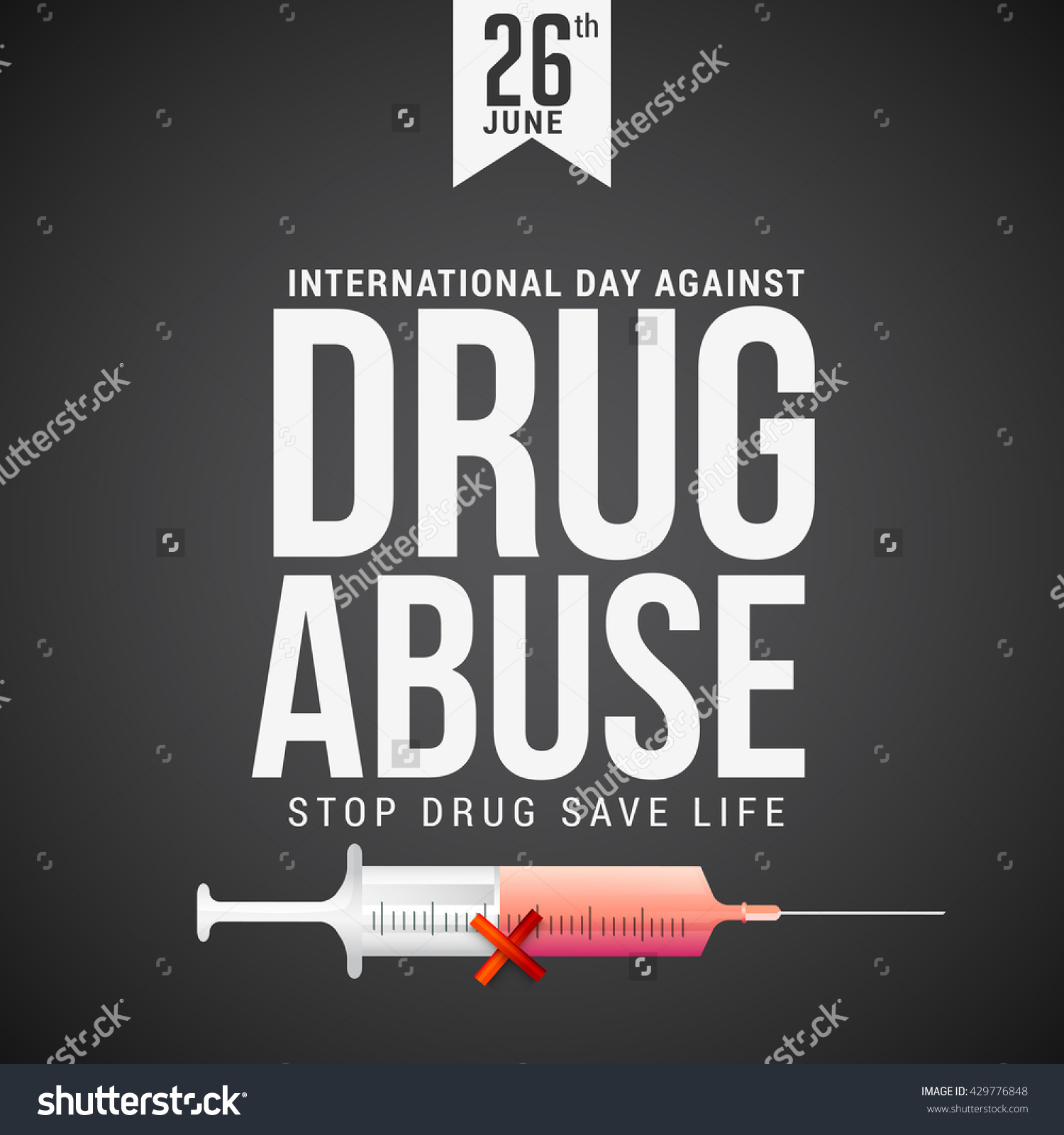Drug abuse medications necessities

Drug abuse medications is the only way of escape
Drug abuse medications: Effective treatment practices
The scourge of addiction in the current generation is likely to go out of hand if timely remedial actions are not taken. Because of the tender age with which people get into drugs, doctor Dalal Akoury MD and founder of AWAREmed Health and Wellness Resource Center reiterates that drug abuse medication for a quick recovery is the way out into solving this problem. Medications can be used to help with different aspects of the treatment process including:
Drug abuse medications: Withdrawal
From the past experience, it is worth noting that medications are essential as it facilitates the process of suppressing withdrawal symptoms during detoxification. And besides that, it is also important to note that, medically assisted detoxification is not in itself treatment of an addiction, as a matter of fact, it is only the first step in the treatment process. It, therefore, means that patients who go through medically assisted withdrawal and fail to go for any further treatment show drug abuse patterns similar to those who were never treated.
Drug abuse medications: Treatment
Medications can be used to help re-establish normal brain function and to prevent relapse and diminish cravings. Currently, we have medications for opioids which may include heroin and morphine, tobacco (nicotine), and alcohol addiction. Efforts are also being made in developing others for treatment of stimulant e.g. cocaine, methamphetamine etc. and cannabis (marijuana) addiction. Most people with severe addiction problems, however, are poly-drug users meaning that they are using more than one drug at the sometime. Such people will definitely require treatment for all of the substances that they abuse like for instance:
a) Opioids: Methadone, buprenorphine and, for some individuals, naltrexone are effective medications for the treatment of opiate addiction. Acting on the same targets in the brain as heroin and morphine, methadone and buprenorphine suppress withdrawal symptoms and relieve cravings. Naltrexone works by blocking the effects of heroin or other opioids at their receptor sites and should only be used in patients who have already been detoxified. All medications help patients disengage from drug seeking and related criminal behavior and become more receptive to behavioral treatments.
b) Tobacco: A selection of preparations of nicotine replacement therapies now exist including the patch, spray, gum, and lozenges that are available over the counter. In addition, two prescription medications have been FDA–approved for tobacco addiction: bupropion and varenicline. They have different mechanisms of action in the brain, but both help prevent relapse in people trying to quit. Each of the above medications is recommended for use in combination with behavioral treatments, including group and individual therapies.
c) Alcohol: Three medications have been approved by FDA for treating alcohol dependence: naltrexone, acamprosate and disulfiram.
Finally, it is true that sometimes treatment compliance can be a problem, but among patients who are highly motivated, disulfiram can be very effective. And because we have an objective to meet, if you are experiencing any challenge along the way or even after recovery, you can always schedule for an appointment with the experts from AWAREmed Health and Wellness Resource Center for a one on one professional advice.
Drug abuse medications: Effective treatment practices







